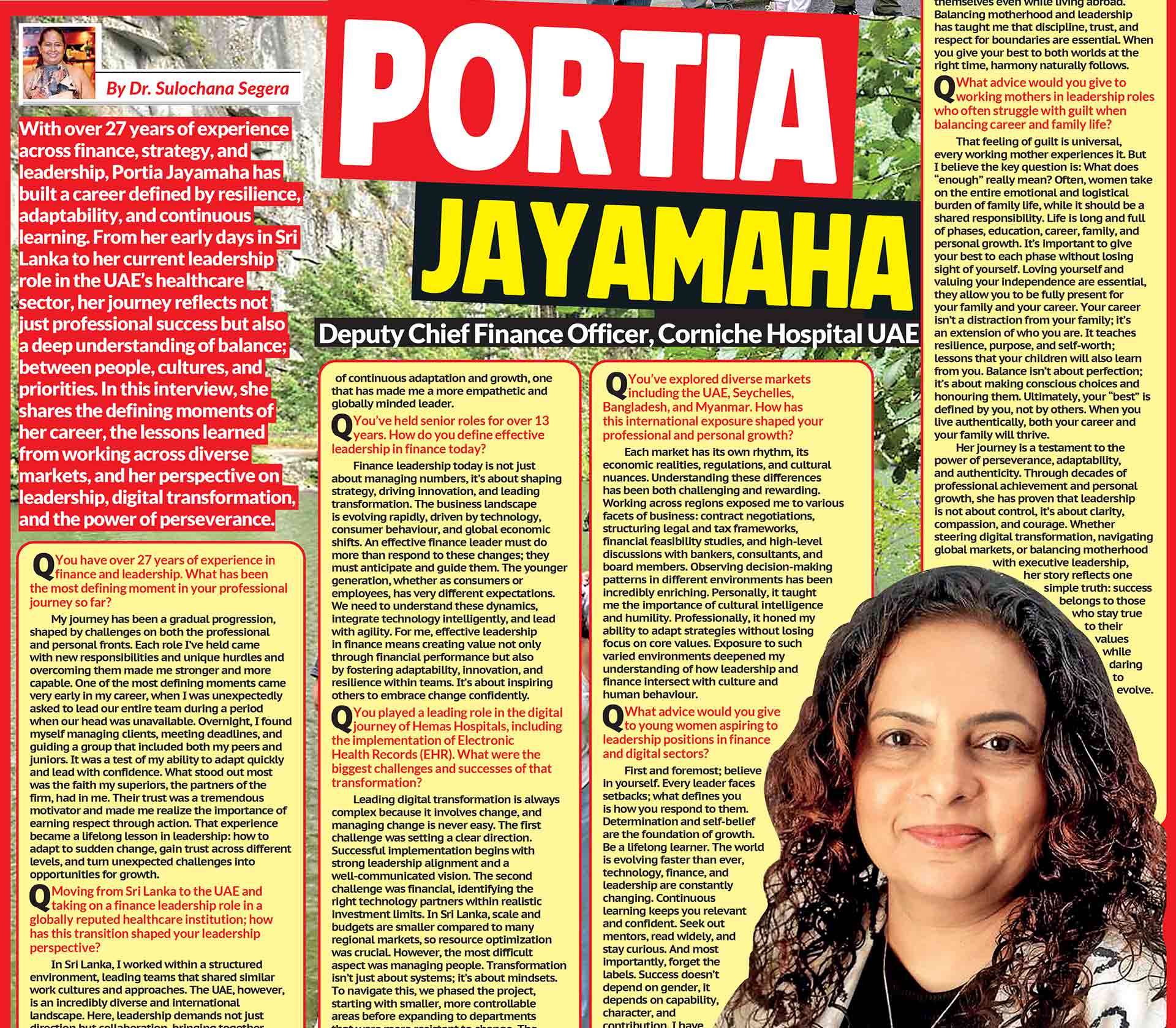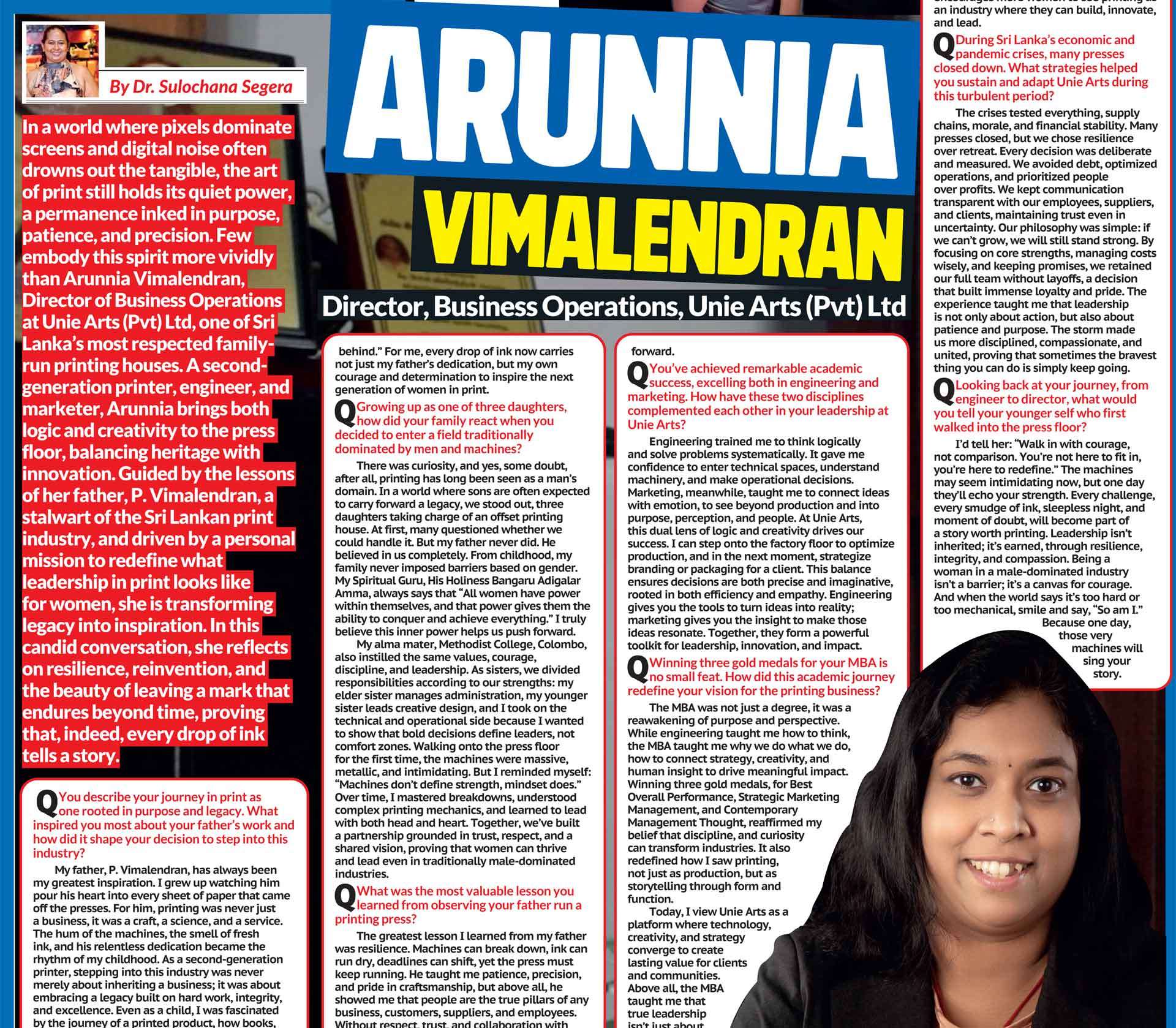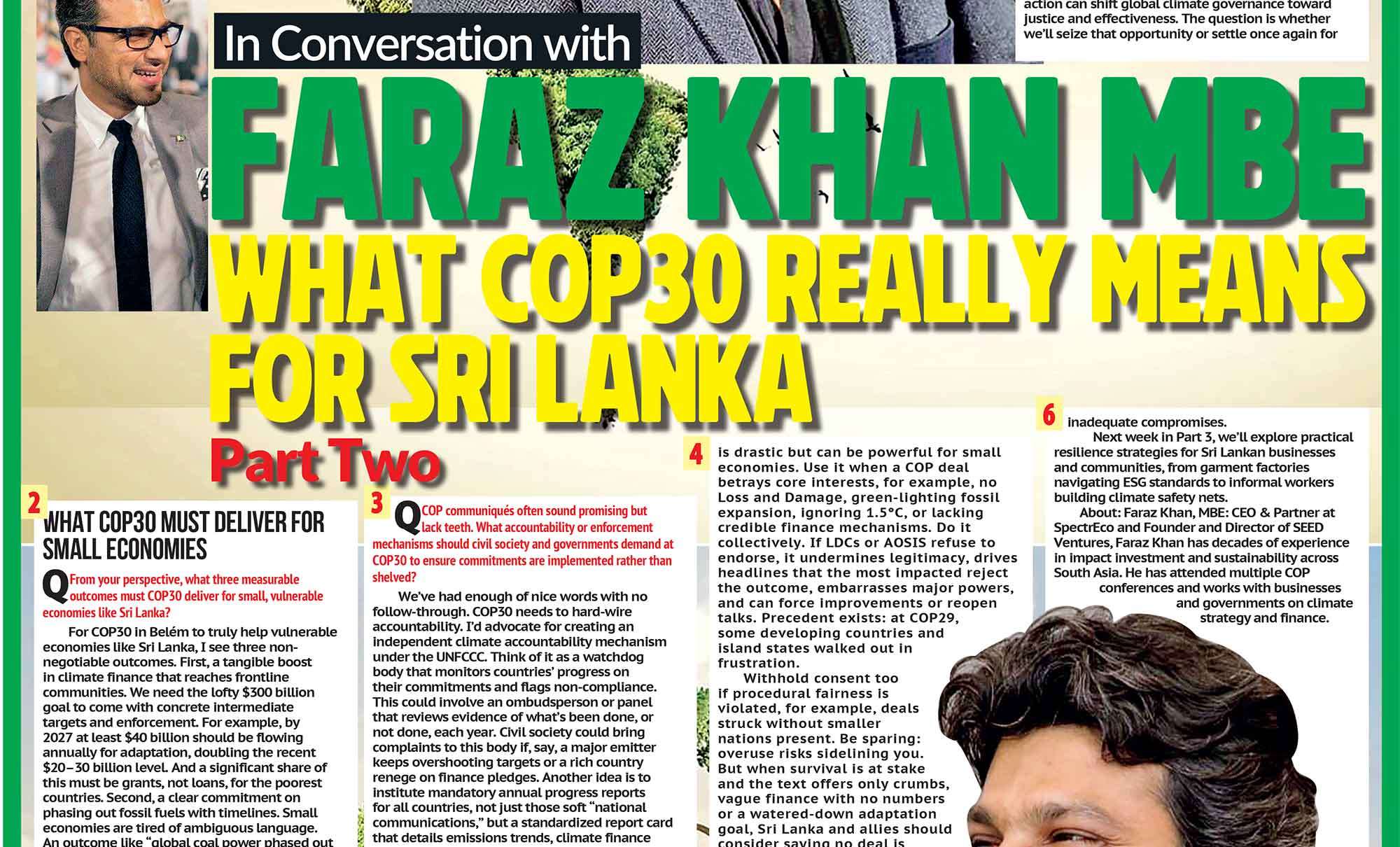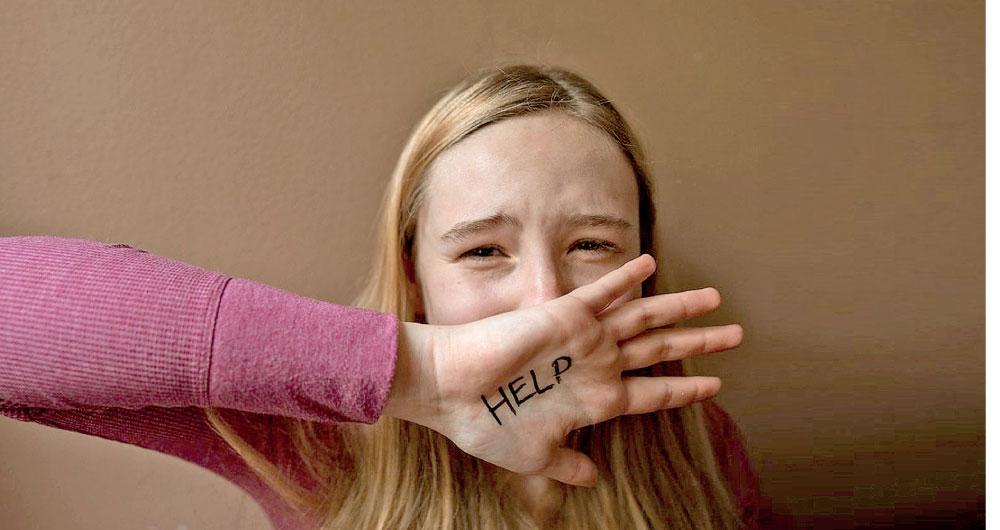
In the fight for gender equality, language matters. The words and phrases we use shape our understanding of power, consent, violence, and justice. Yet, despite global conversations about equity, many people remain unfamiliar with the terminology that defines the lived experiences of millions, especially women and gender minorities. To truly tackle gender inequality, it’s vital to understand and normalize the use of terms that bring these realities to light. Here, we explore some of the essential terms related to gender inequality, from No Means No to Marital Rape and Domestic Abuse. Understanding these concepts is a foundational step in creating a more informed, empathetic, and equal world.
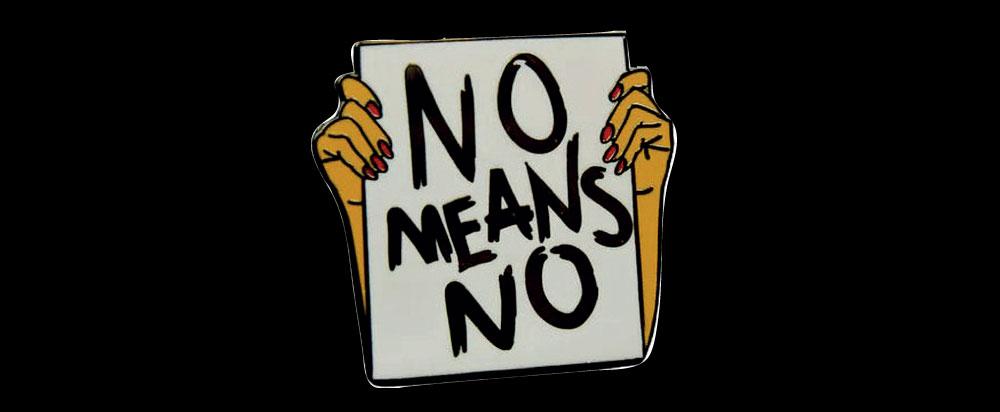
01
No Means No
At its core, No Means No is about consent. It is a powerful affirmation that every individual has the right to bodily autonomy and to say “no” to any unwanted sexual advance, act, or touch. Despite its clarity, many people still struggle to accept that “no” is a complete sentence. Misconceptions about flirting, clothing, or body language have too often been used to justify coercion. The No Means No movement has pushed back against such victim-blaming narratives, reminding us that consent must be enthusiastic, ongoing, and freely given. The phrase is not just for romantic or sexual relationships. It applies to all interactions, whether it’s saying no to a hug, to being catcalled, or to being touched without permission. In educational settings, this principle is increasingly taught to children and teenagers to foster respect, boundaries, and mutual understanding from a young age.
02
Marital Rape
One of the most misunderstood and ignored forms of sexual violence is marital rape. In many parts of the world, including some so-called progressive societies, marital rape is still not legally recognized as a crime. The outdated belief that marriage implies perpetual consent continues to perpetuate a culture of silence and suffering. Marital rape occurs when one spouse forces the other to engage in sexual activity without consent. It is rape, even within a legally sanctioned relationship. The trauma experienced by survivors is often compounded by social stigma, legal loopholes, and the emotional manipulation inherent in abusive relationships. In societies where marriage is considered sacred and private, discussing such issues can be taboo. But silence allows violence to fester. Recognizing marital rape as a criminal offense is a crucial step toward empowering survivors and upholding the principle that consent cannot be assumed, even in marriage.

03
Domestic Abuse
Domestic abuse, also known as intimate partner violence, goes far beyond physical assault. It includes emotional, psychological, sexual, and financial abuse, any pattern of behaviour used to gain or maintain power and control over an intimate partner. Victims may face constant humiliation, gaslighting, isolation, threats, and economic manipulation. Domestic abuse does not discriminate; it affects people of all genders, and economic backgrounds. However, women are disproportionately affected, and the abuse often escalates over time. The COVID-19 pandemic highlighted the severity of domestic abuse globally. Lockdowns left many victims trapped with their abusers, with limited access to help. Awareness campaigns, emergency hotlines, and community shelters are essential lifelines, but true prevention starts with education and shifting the culture of tolerance around domestic violence.
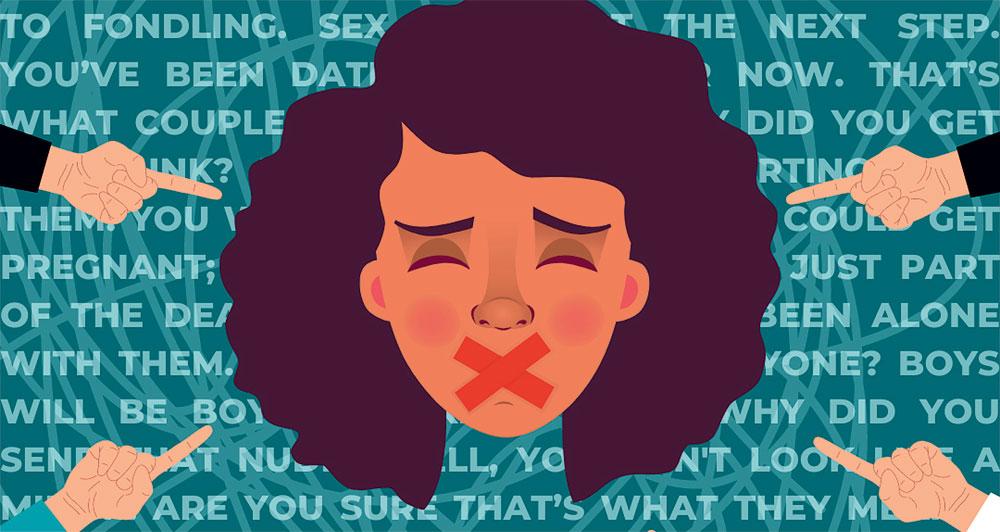
04
Gender-Based Violence (GBV)
Gender-Based Violence refers to harmful acts directed at an individual based on their gender. It includes rape, trafficking, child marriage, female genital mutilation, honour killings, and more. GBV stems from deeply rooted societal norms and power imbalances that give men dominance over women and other marginalized genders. While GBV affects people of all genders, women and girls are most at risk, especially in contexts where patriarchal systems are deeply entrenched. In many cases, survivors are not only blamed for the abuse but are also ostracized from their families and communities. Tackling GBV requires structural change, reforming laws, shifting societal attitudes, training law enforcement, and ensuring that survivors have access to justice, healthcare, and psychological support.
05
Toxic Masculinity
Toxic masculinity refers to cultural norms that associate manhood with dominance, aggression, suppression of emotions, and the devaluation of anything perceived as “feminine.” This concept is not an attack on men; rather, it critiques the narrow definition of masculinity that harms both men and women. Boys raised under toxic masculine ideals may feel pressured to display control, suppress vulnerability, or treat women as inferior. This can contribute to unhealthy relationships, mental health issues, and even violence. Challenging toxic masculinity means encouraging empathy, emotional intelligence, and equality as integral parts of what it means to be a man.
06
Victim-Blaming
Victim-blaming occurs when the victim of a crime, particularly sexual assault or domestic violence, is held wholly or partially responsible for what happened to them. Questions like “What were you wearing?” or “Why didn’t you leave him?” shift the focus from the perpetrator to the survivor, further traumatizing them. This attitude not only silences victims but also discourages them from reporting crimes. Combating victim-blaming requires re-educating society on how to support survivors with compassion and without judgment.
07
Patriarchy
Patriarchy is a social system in which men hold primary power in roles of leadership, moral authority, and control over property. It has historically, and still continues to, marginalize women and gender minorities. Under patriarchy, gender roles are strictly enforced, women’s work is undervalued or unpaid, and their bodies are often treated as public property. Patriarchal norms are embedded in everything from family laws to fashion industries to media representation. Dismantling patriarchy doesn’t mean reversing gender roles, but rather creating a system where everyone, regardless of gender, has equal access to rights, opportunities, and freedoms.
08
Intersectionality
Coined by legal scholar Kimberlé Crenshaw, intersectionality describes how different forms of discrimination, such as racism, sexism, and classism, intersect to create compounded forms of oppression. For example, a Black woman may face both racial and gender discrimination in ways that are unique to her experience.
An intersectional approach to gender inequality ensures that policies and advocacy do not leave out the most marginalized individuals. It reminds us that the struggle for equality is not one-dimensional.
09
Conclusion
Gender inequality is not just about pay gaps or glass ceilings. It manifests in our homes, relationships, languages, laws, and belief systems. Terms like No Means No, Marital Rape, and Domestic Abuse are not just buzzwords, they are calls to action. Understanding these concepts is the first step in recognizing injustices, supporting survivors, and dismantling the systemic structures that allow inequality to persist. We must move beyond awareness and into action, educating ourselves, challenging outdated norms, standing up for the vulnerable, and building a society where respect, consent, and dignity are universal values. Because equality isn’t just an ideal, it’s a human right.

